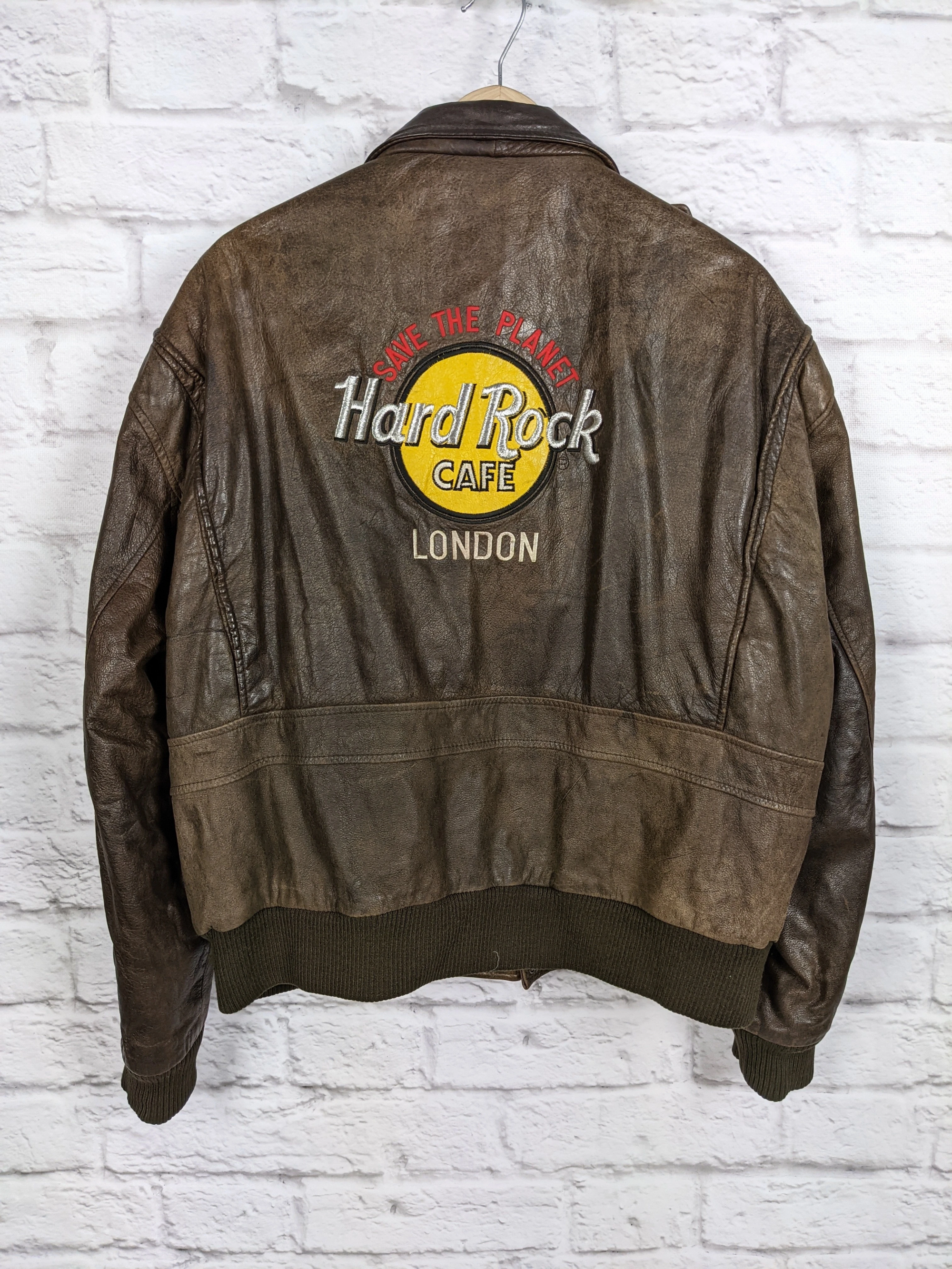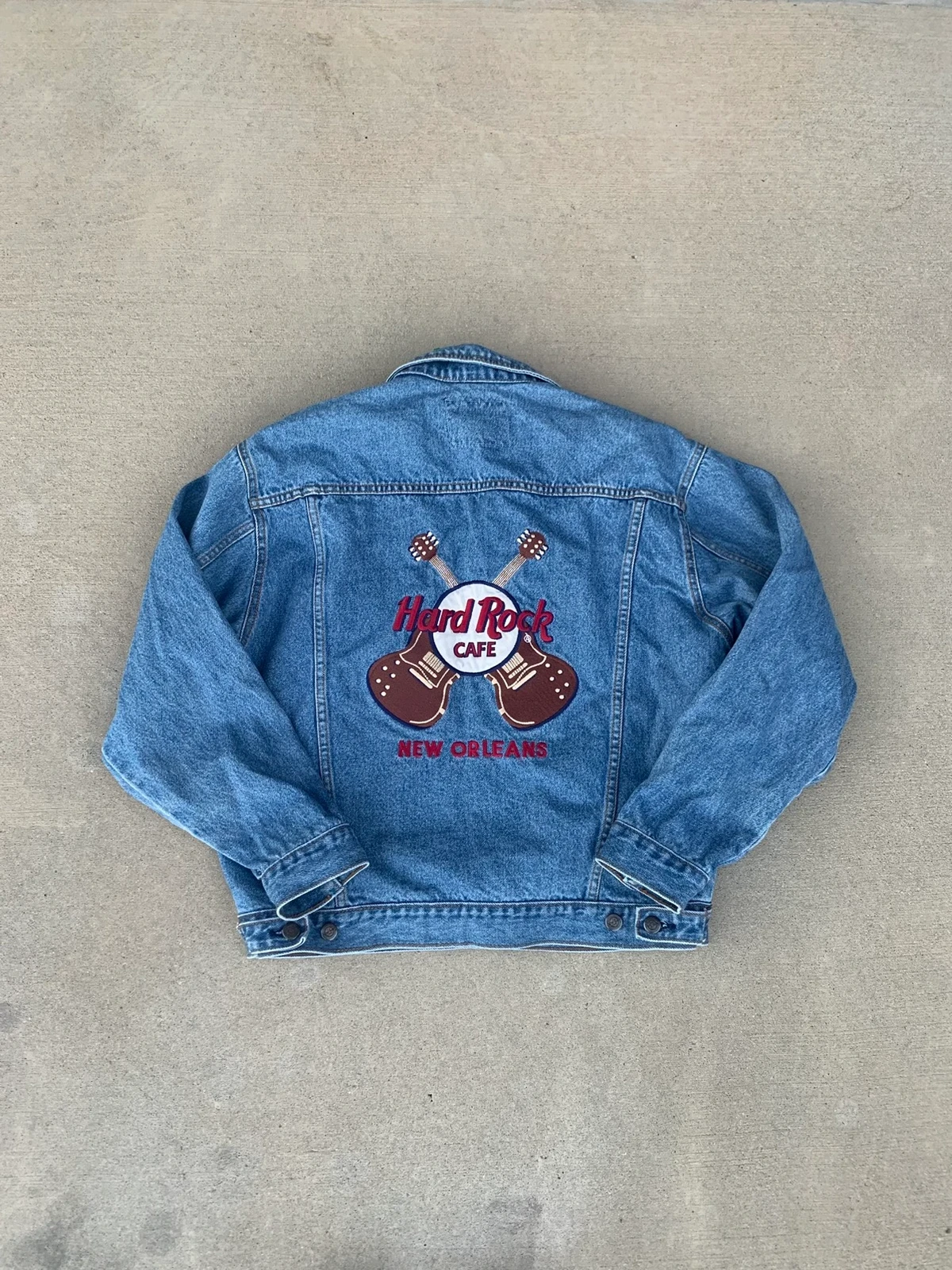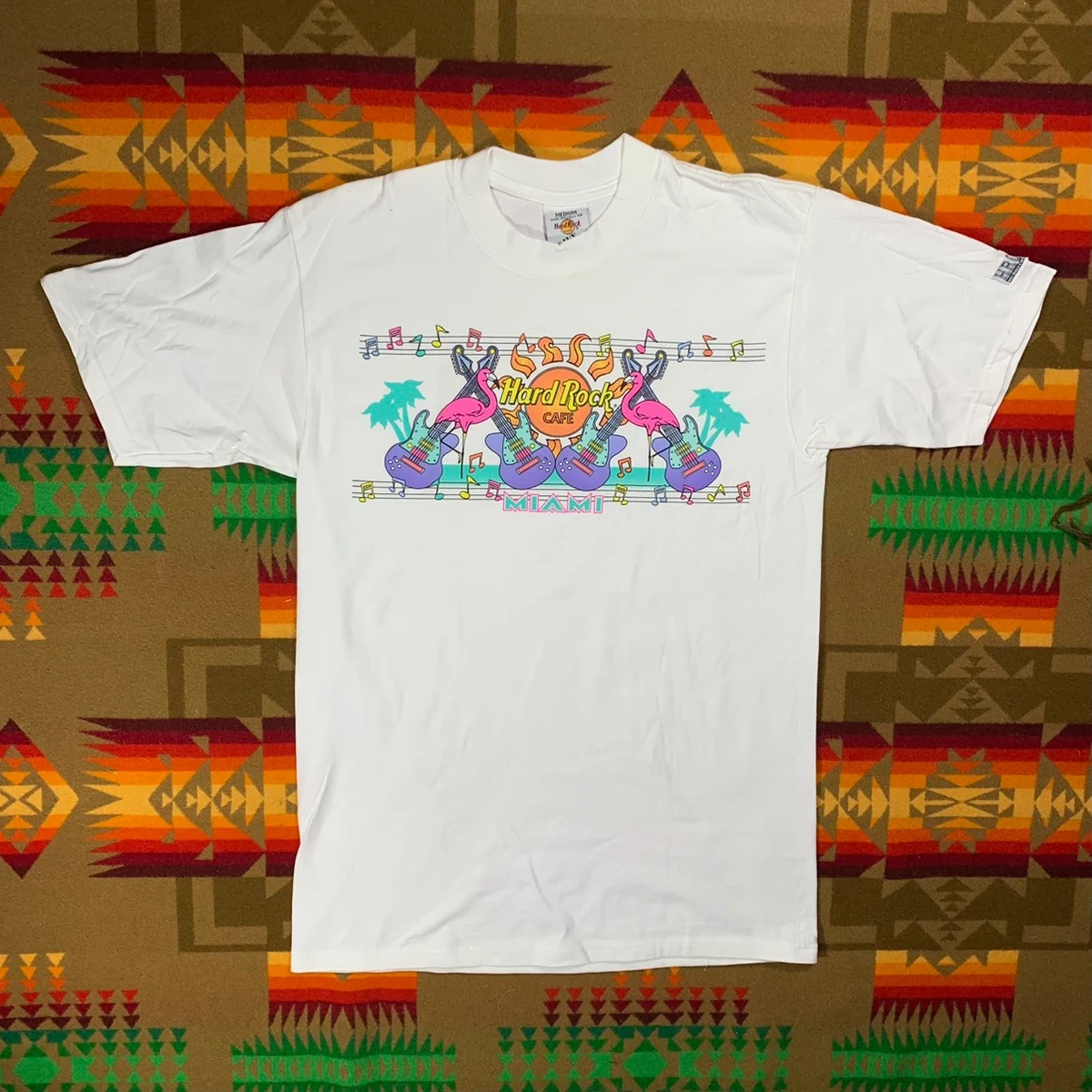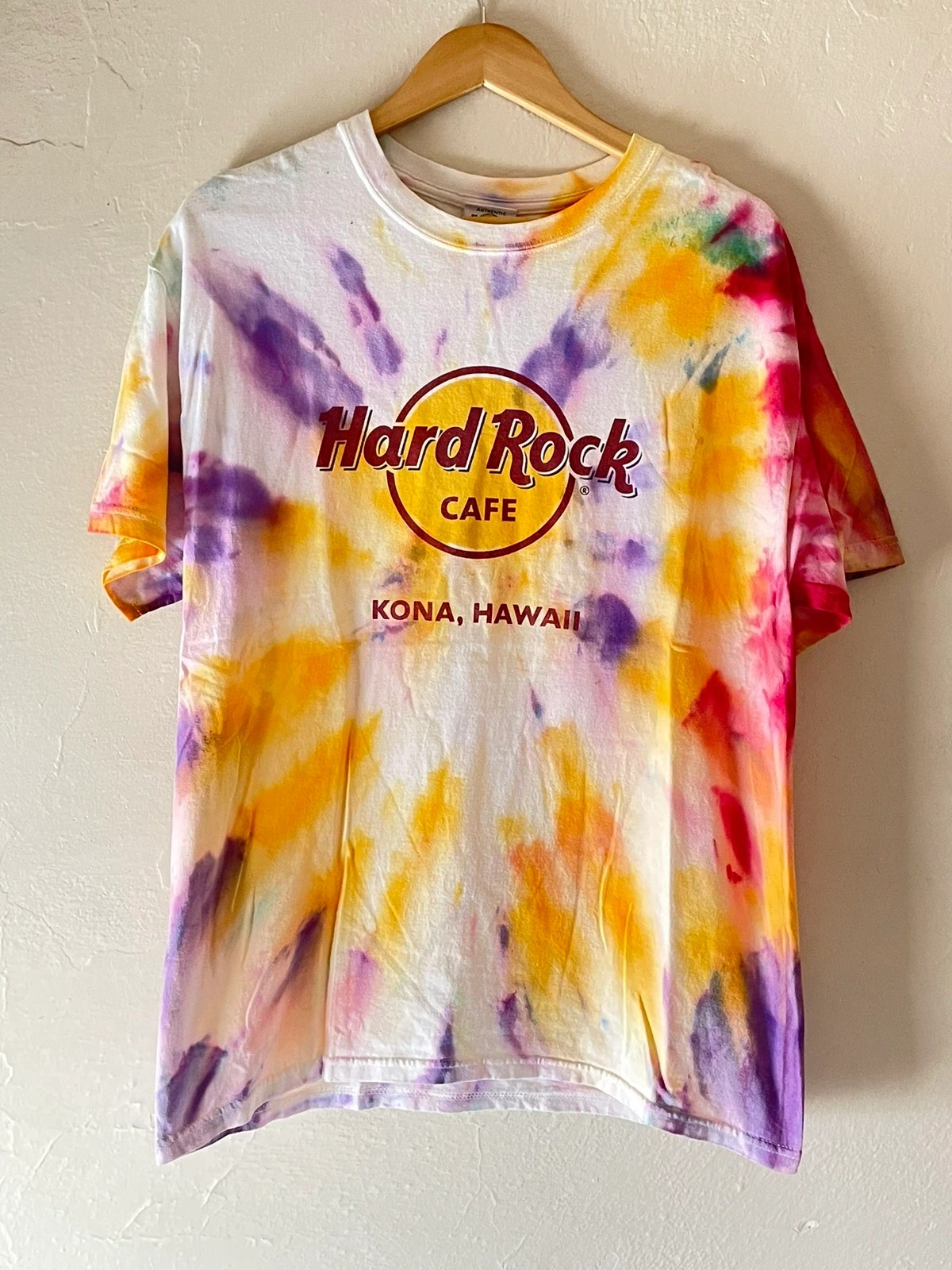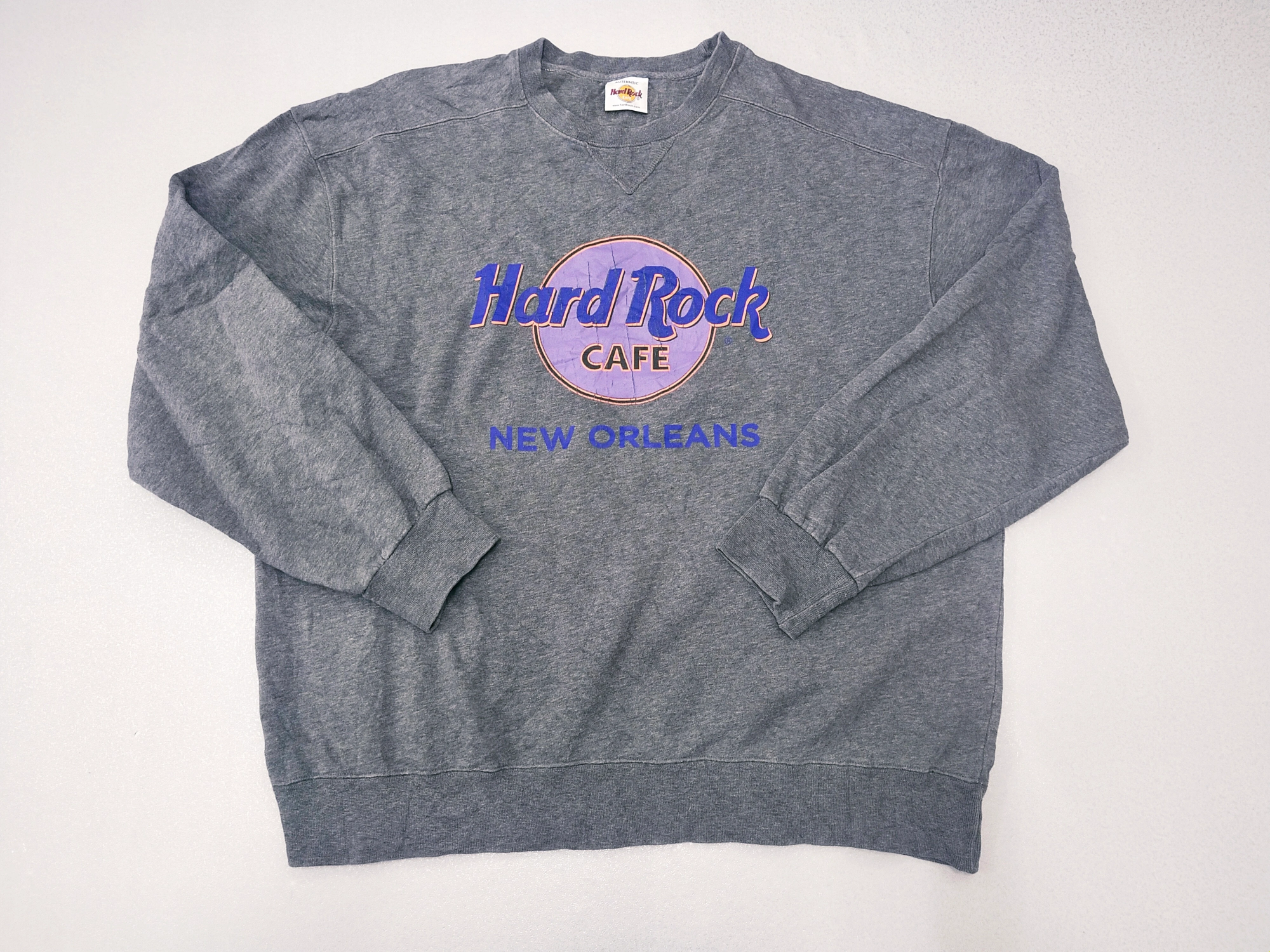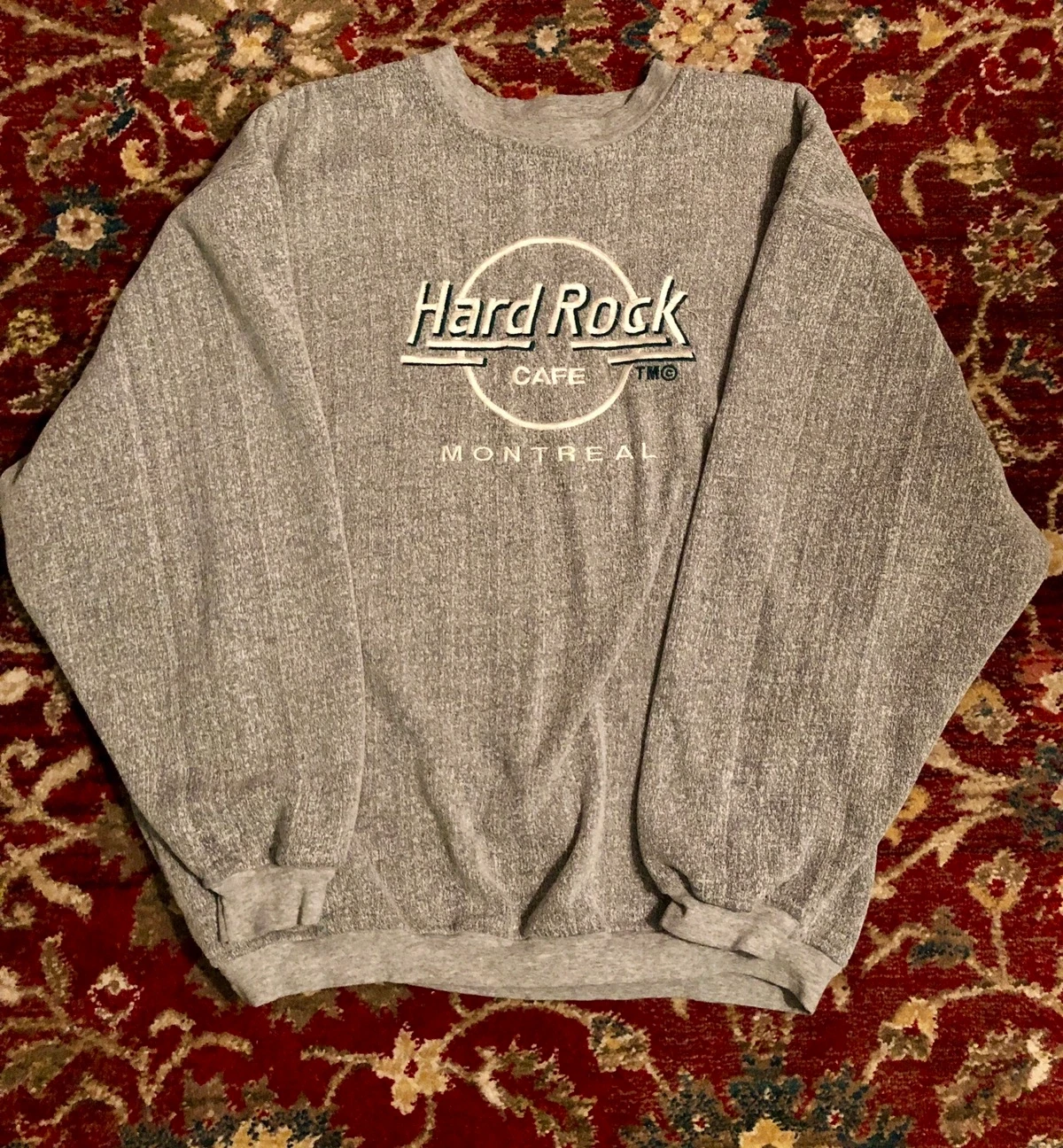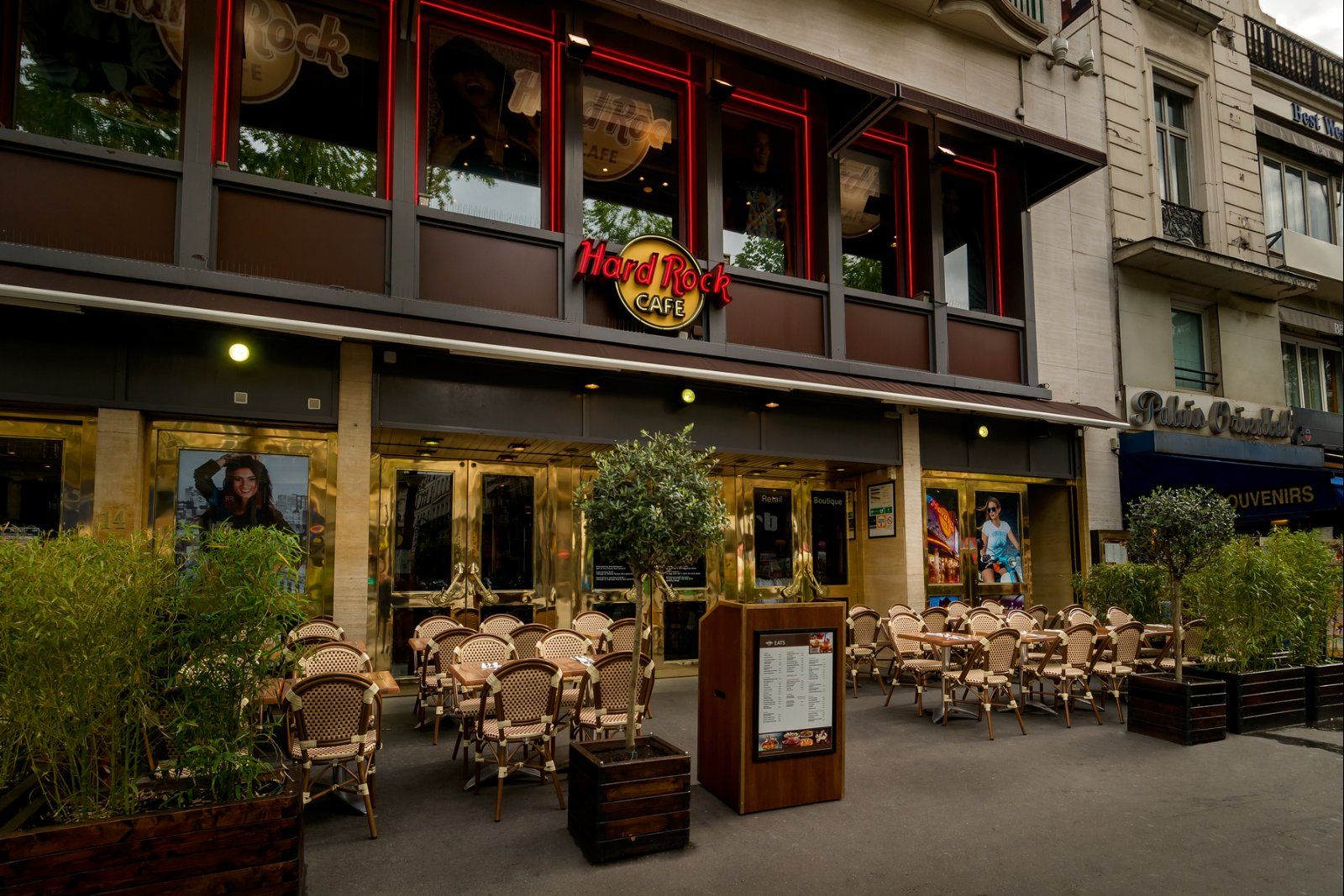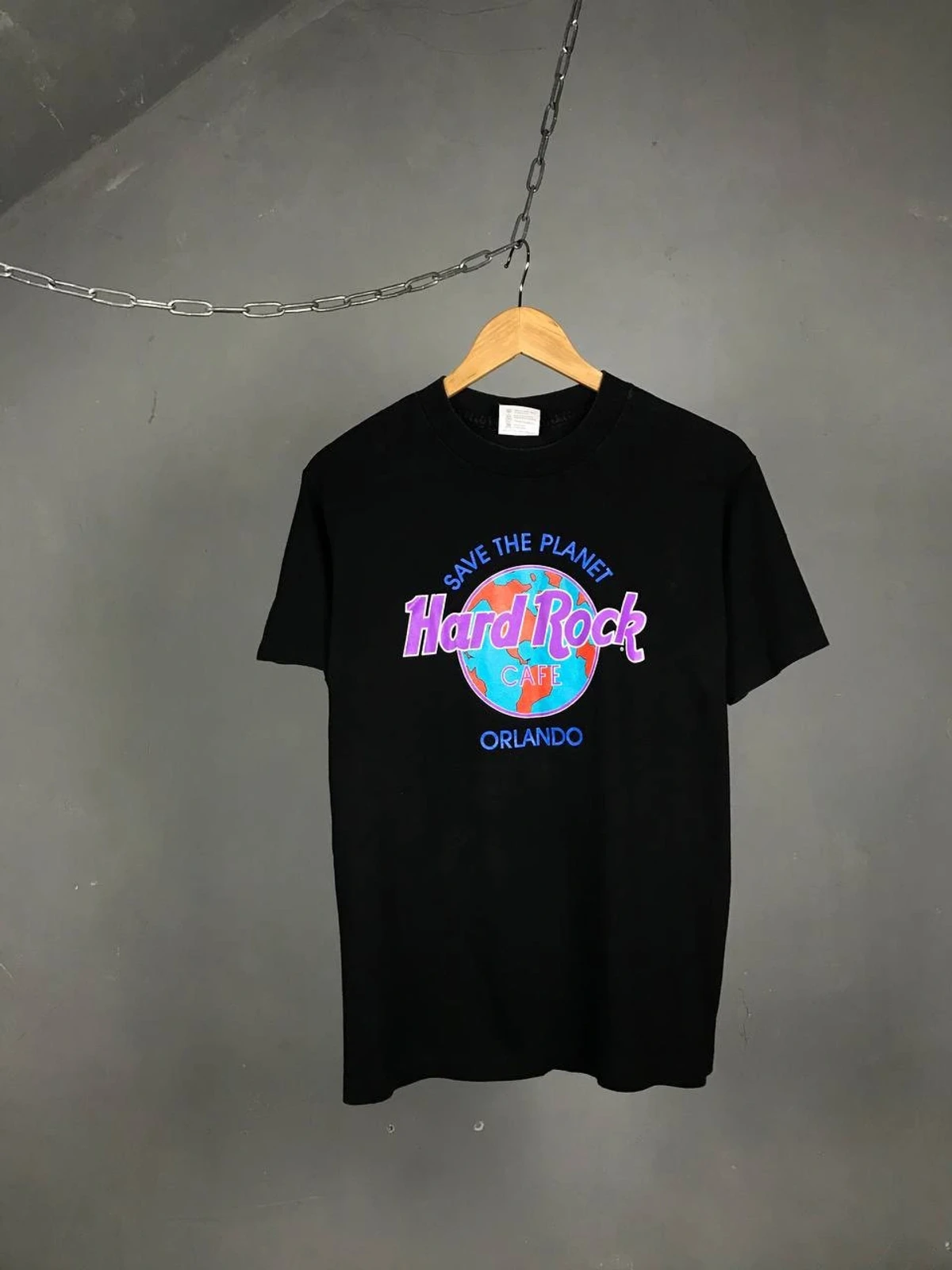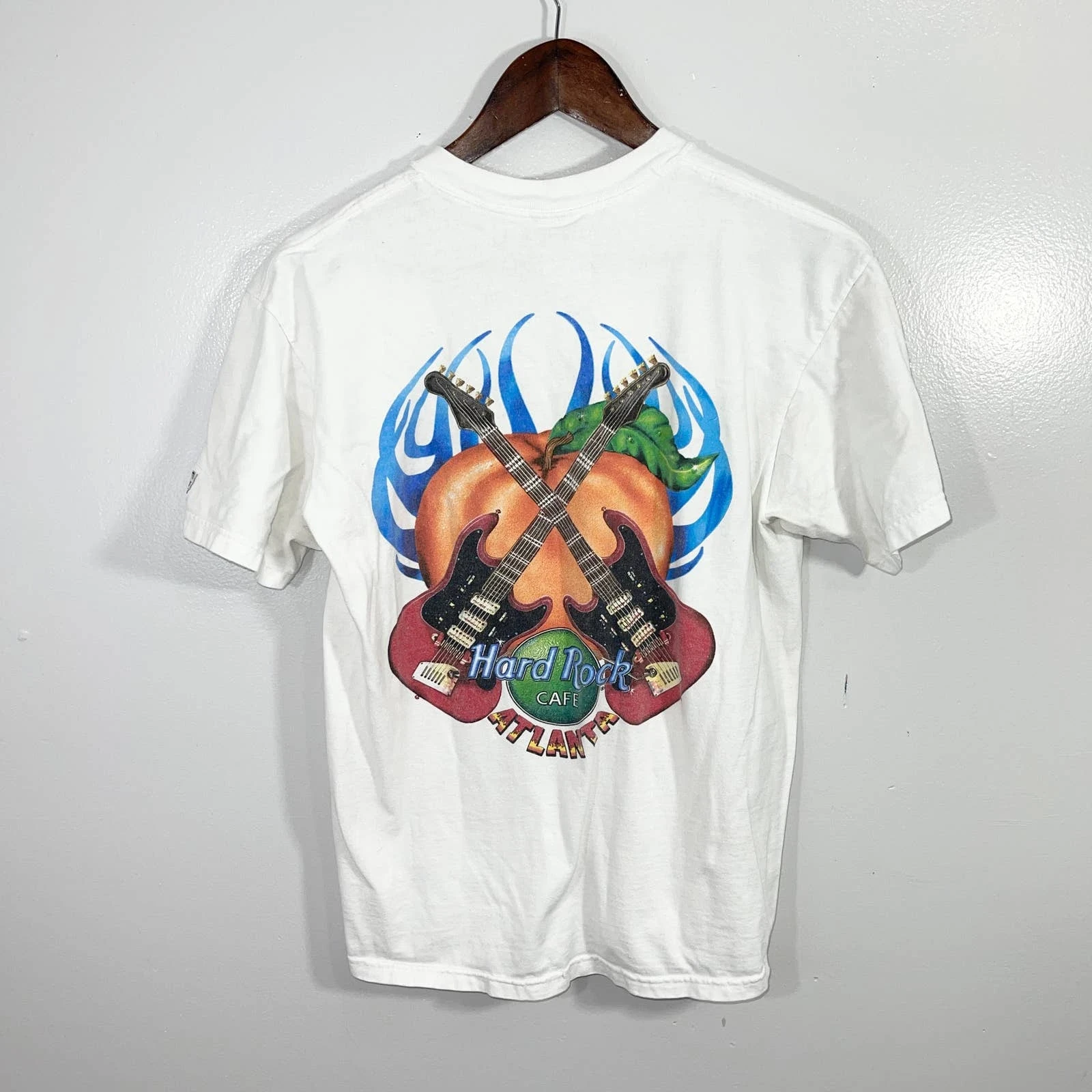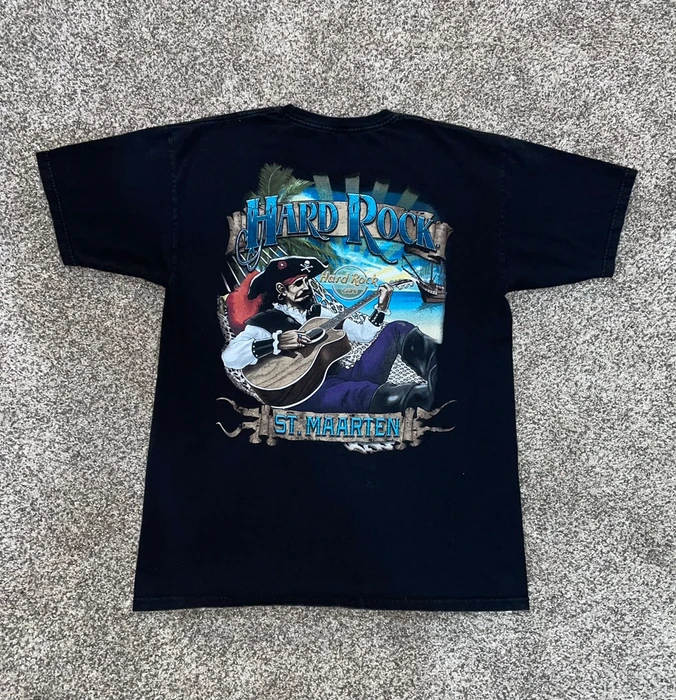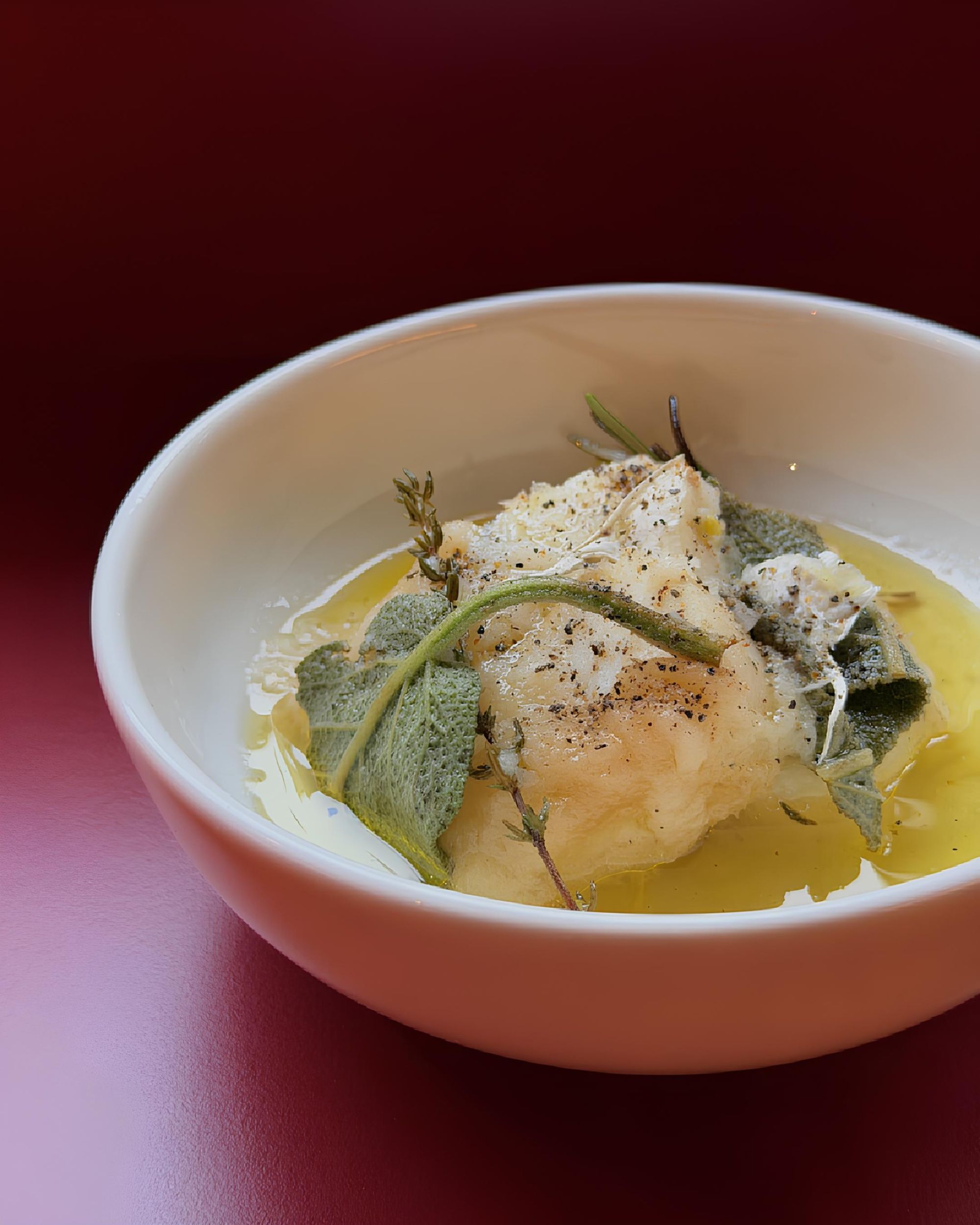
What remains of the Hard Rock Cafè phenomenon in 2022 A reflection on the cultural weight of the restaurant chain in Italy after the announced new opening in Milan
In recent weeks, the announcement has arrived that Hard Rock Cafè will open its fifth Italian location in Milan. The new venue will be located in Via Dante 5, just before Piazza Cordusio, and will replace the Caffè Sforzesco Bistrot, a popular tourist restaurant that has been open for 25 years in the same location. The opening in Milan of the Hard Rock Cafè seems to be the new sign of life of a chain of restaurants that has existed for forty years (the first restaurant opened in London in '71) and whose cultural relevance had reached its peak in the first decade of the 2000s and then diminished more and more in the consideration of Millennials. In the pre-Instagram world, when you couldn't telegraph to the whole world that you were on the road in seconds, the t-shirt of the Hard Rock Cafe represented a lifestyle evolution of the classic holiday souvenir - and at the time the merch of the restaurant chain was very popular, to the point that anyone born in the 90s has in some drawer his iconic white t-shirts. What's more, the European and global boom of the chain was filling a void in the restaurant world of the time when cheeseburgers with chips could be ordered at best from McDonald's and the idea of the gourmet burger did not even exist. Finally, with their collections of memorabilia from the history of music, the over-the-top design of the various restaurants and their wide choice of merch, the Hard Rock Cafè represented a first form of experiential dining in Europe that today is very popular but which, at the time, really had no precedent for the generation born in the 90s.
After the buoy of 2010 that myth had been put in crisis. As CBS wrote at the time, a mix of post-2008 recession, the new needs of an increasingly gastronomically educated audience in the field of food blogging and a series of openings in international locations not very relevant to the iconography of rock 'n' roll had led to the closure of 45 of the 134 restaurants (today there are 283 as proof of the longevity of the chain). A decline in popularity that was also cultural: as hip-hop surpassed rock as the most popular genre, Millennials began both to frequent less commercial restaurants but above all they began to consider the merch of the restaurant chain as the symbol of a somewhat cheap and juvenile tourism – in short, the Hard Rock Cafè began to look like a sort of cultural leveller of globalized capitalism, open both in Florence and in India and Las Vegas, suitable for second-graders, tourist families and pre-adolescents.
Yet for years the merch of Hard Rock Cafè had filled the houses of half of the Italian province: the t-shirts and sweatshirts were a kind of status symbol that testified that you had traveled, that you had gone out to see the world; the rest of the souvenirs were given to friends and relatives and remained for years attached to the refrigerator or in the cup cabinets with which breakfast is served. If the restaurant itself lost popularity as millennials matured, its t-shirts maintained a nostalgic aura that they never lost. Their vintage logo and their memorial value made them the perfect hang-out t-shirts: those that are not worn so much to go out but to go to the beach, or do outdoor activities or to wear at home. A passage that made them sediment the iconography in the pop culture of the Millennials and that, towards the end of the streetwear-mania of the '10s, transformed them into vintage relics on the wave of that macro visual / cultural trend that, months ago, on the pages of nss magazine, we had defined touristcore.
Today, in the midst of a vaguely dystopian cultural bailamme, in which digital culture is cannibalizing analog reality, and in which we have to deal with pandemics, fake news, global warming, digital metaverses, social algorithms that read our thoughts, inclusive reinterpretations of the history learned in school books and crises of every aspect of traditional culture, nostalgia for the simple world of the second grade, the hedonistic 2000s and a less vast and chaotic world brought back the cultural staples of that era, including that of the Hard Rock Café and its merch – it is no coincidence that the vintage t-shirts of the 90s and early 2000s of the franchise have re-emerged by the hundreds on Vinted and Grailed. The arrival in Milan of the restaurant chain, therefore, seems to ride precisely that nostalgic wave and the return of the imagination of an era whose re-enactment consoles us and that leads us to say, like Robin Williams in Jumanji: «What year is it?»










































